|
It's a personal post today - and it's on the long side - but it's important, and if you're a woman especially, you need to read this. You all know what I do… |
| A sewing machine is an absolute must have if you want to start sewing! Sewing machines enable you to create amazing handmade items and garments with excellent precision, durability, and professionalism. Your sewing machine will be a great investment, so make sure to do your research before purchasing. We’ve written a comprehensive guide to buying the right sewing machine for you - read it here: 6 Things To Look For When Buying A New Sewing Machine. |
Needles
Bobbins
Good Quality ThreadThread is what’s going to hold your hairbands, garments, cushion covers, or even your mug warmers together, so it’s important to get a good quality collection of thread in a variety of colours. Gutermann is the best quality - a strong polyester thread that won’t snap or break. Moon is a good alternative but some machines don’t respond to it well. |
ScissorsFabric scissors are sharp! In order to cut through a variety of fabrics, they’re much sharper than your everyday scissors. It’s a good idea to have both ordinary scissors on hand for cutting templates out, and also fabric scissors for your fabrics. Keep in mind that using your fabric scissors on anything but fabric will dull them very easily and quickly. |
Marking Tools
Clear Rulers
Cutting MatSave your desk for being destroyed when cutting fabrics with either scissors or a cutting tool by investing in a good cutting mat. Some cutting mats are self healing, which is a huge bonus. They come with measurements up the sides, and basically just make your life when sewing so much easier. |
Seam Ripper
Iron & Ironing Board
FabricObviously you’ll need a selection of fabrics to start off with! A lot of beginner sewists tend to use old garments or old bedding sets that are no longer needed. It’s great to create new items of clothing from upcycled fabric, however if that’s not possible, there are plenty of stores and online shops that stock gorgeous fabrics. |
| This is a comprehensive course to learn your how to master your sewing machine from the ground up - written and revised over 6 years of teaching beginners face to face. During times of face to face teaching these courses are usually sold out months in advance but now with the power of online I can open them up to (slightly) more people and run them more frequently! |
I never thought that in 48 hours I’d go from awkwardly trying to operate a sewing machine to feeling confident enough to want to try some simple dress making.
I run this course in a closed Facebook group, with both recorded videos and regular weekly zoom calls for anyone who is struggling to understand a particular aspect of the teaching that week.
This brand new online class begins on 29th October for 5 weeks. Each week we will have a live (optional) zoom call to check in and share progress, and then I will upload the course material for the following weeks.
Each session introduces a series of skills for that week, which are consolidated into a weekly project - each of them practical, gift-able and useful!
- Week 1: Get to know your machine - threading, tension and more, sewing in a straight line - make a pincushion
- Week 2: Sewing curves - make a padded heart decoration
- Week 3: Seaming and edging techniques - make a french seamed cushion cover
- Week 4: Applique and bias binding - make your own bunting
- Week 5: Inserting a lining into a 3D Object - make a mug cosy
I will teach this course a maximum of 6 times a year - and after this launch the next opportunity won't be until 2020 - so if you've ever want to master your machine, bite the bullet and join us today! Next year the price will go up too - so grab it at the discounted rate while you can :)
A comprehensive foundational sewing course, 65 video lessons, one year access and live support as you go for £85 - what's not to love!? You can book yourself on here
Here are some of the things that past students have made as a result of being on this course:
Author
Sewing. pattern cutting, teaching, tea and Jelly Babies!
Categories
All
2020 Challenge
Beginner Sewing Projects
Beginners Sewing
Body Dysmorphia
Bunting
Burn Test
Chambray
Christmas Stocking
Classes
Cloth Face Covering
Cocoon Dress
Cornwall Scrubs
Courses
Covid 19
Cutting
Declutter
Equipment
Free Pattern
Free Patterns
GBSB Season 8
General
#getsetsew
Gifts
Gifts For Men
Glossary
Great British Sewing Bee
Guthrie Ghani
Handmade Wardrobe
Kernow Sewcial
Kids Dress Up Cape
Learn
Learning To Sew
Machine Maintenance
Mental Health
My Fabrics
My Me Made Wardrobe
Nadia Arbach
Needles
Online Courses
Organisation
Pattern Review
Pdf Patterns
Peg Bag
Peplum Top
Peppermint Magazine
Personal
Presser Feet
Ready To Wear
Sapporo Coat
Scrap Busting
Seasalt
Sewing 101
Sewing For Men
Sew Slow
Simple Sew
Slow Fashion
Supplies
Sustainable Textiles
Tutorials
Twist Headband
Video Tutorial
Zadie Jumpsuit
Archives
December 2023
November 2023
October 2023
September 2023
August 2023
April 2023
March 2023
February 2023
January 2023
December 2022
November 2022
September 2022
August 2022
July 2022
June 2022
May 2022
April 2022
March 2022
February 2022
January 2022
November 2021
October 2021
September 2021
July 2021
June 2021
May 2021
March 2021
November 2020
October 2020
September 2020
August 2020
July 2020
June 2020
May 2020
April 2020
February 2020
October 2019

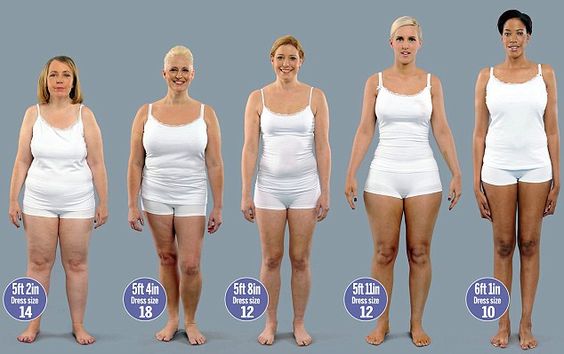
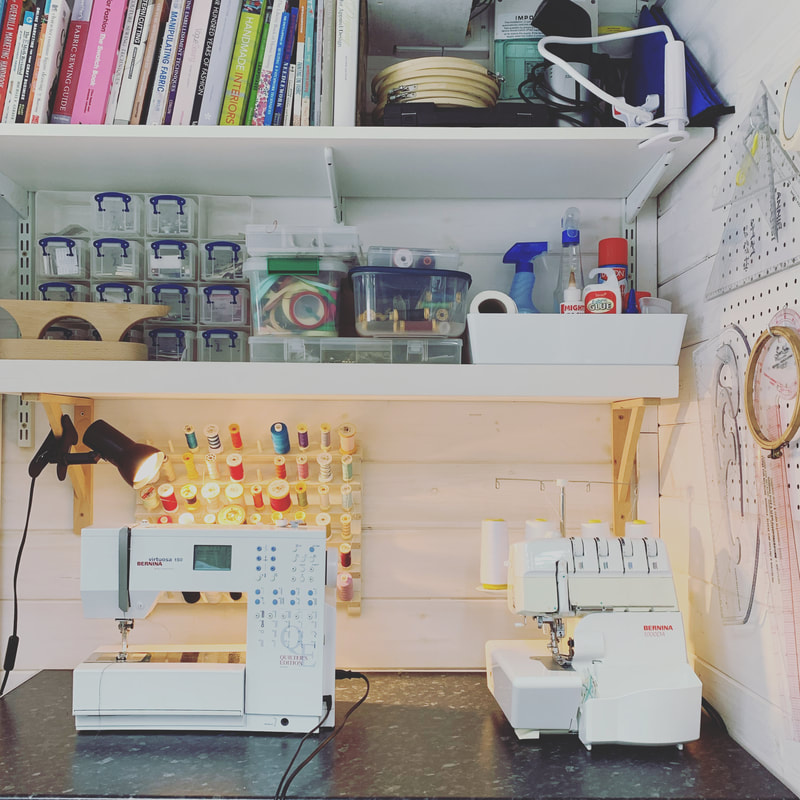
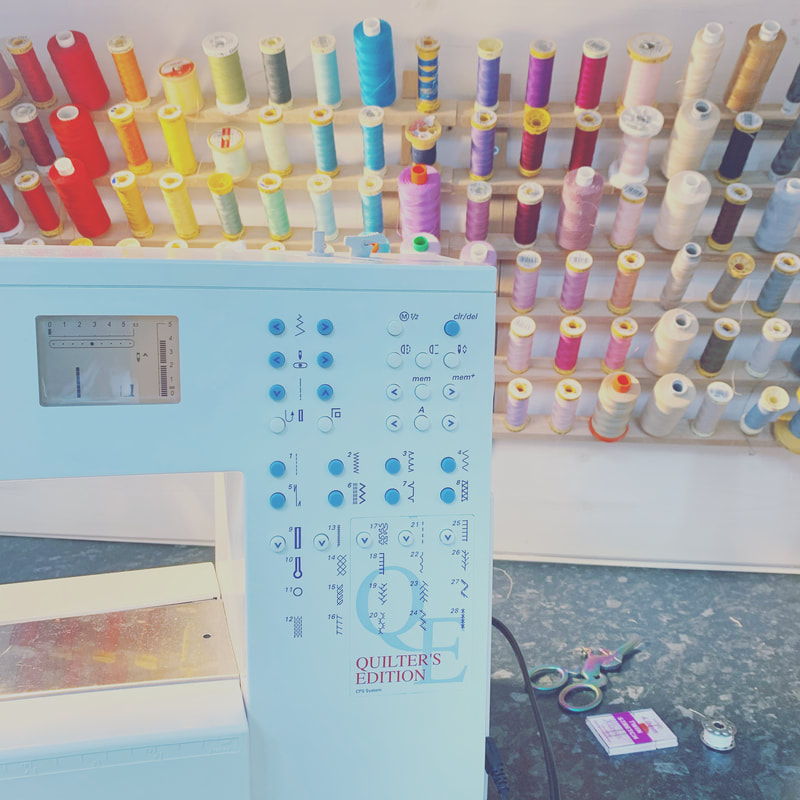
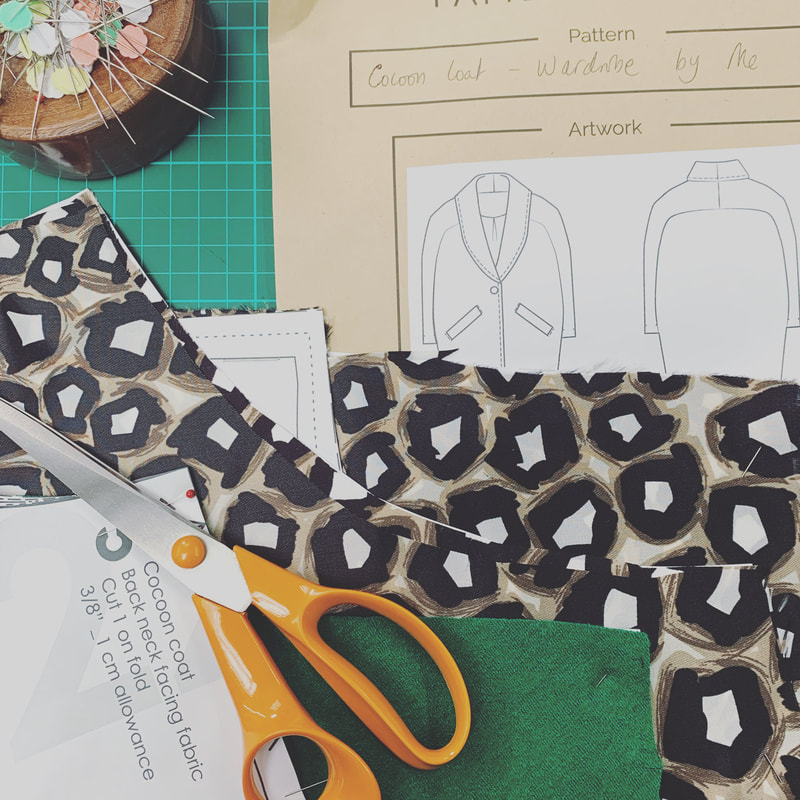
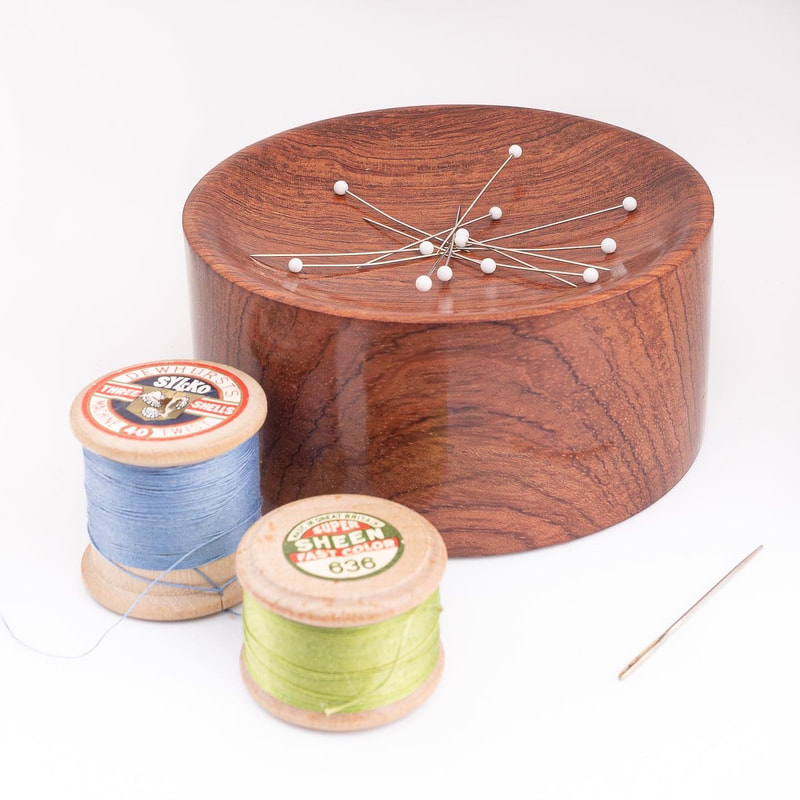
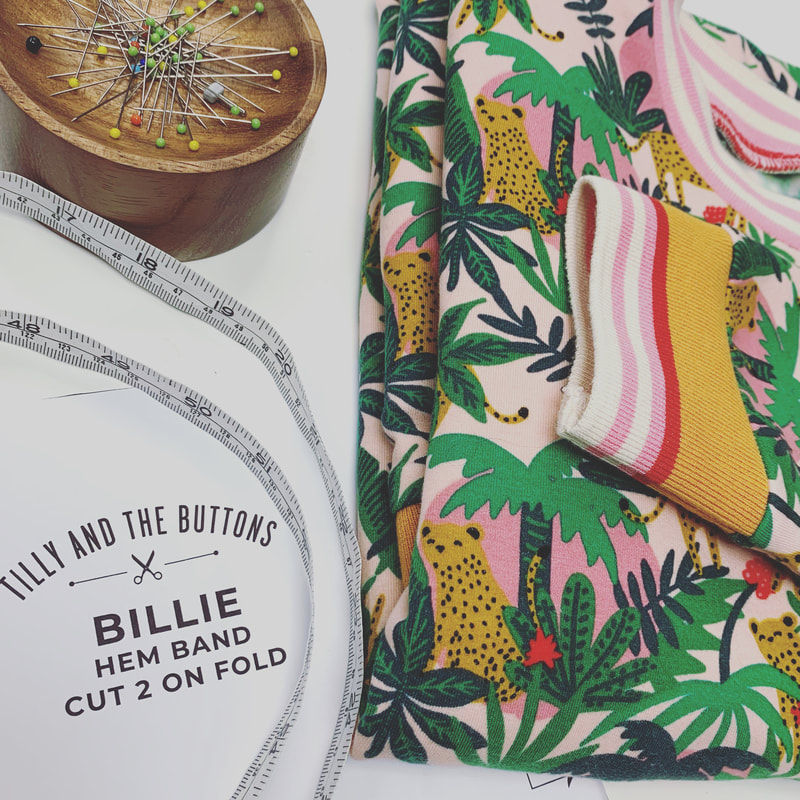
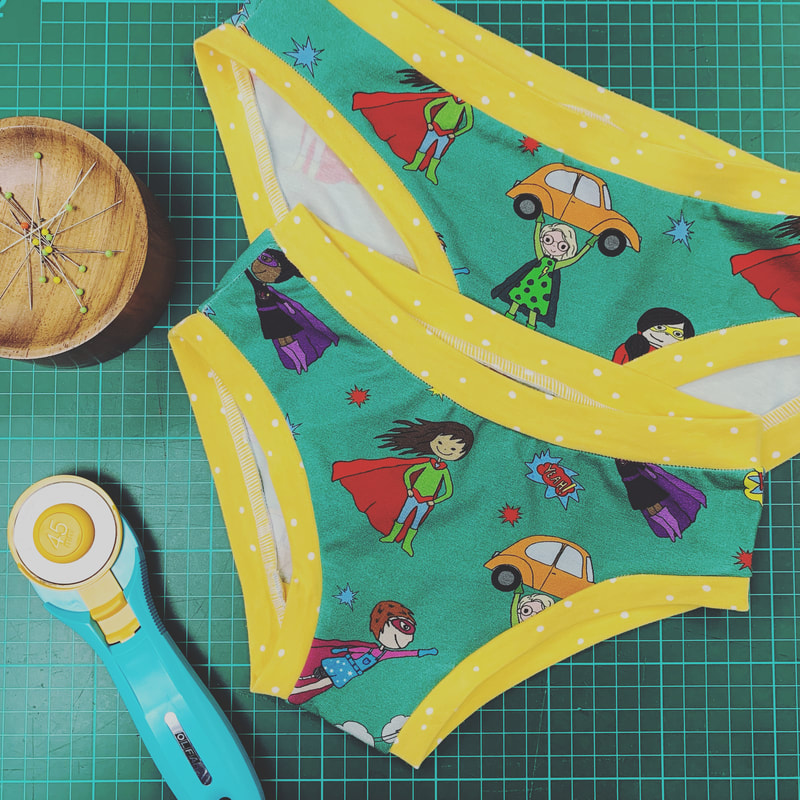
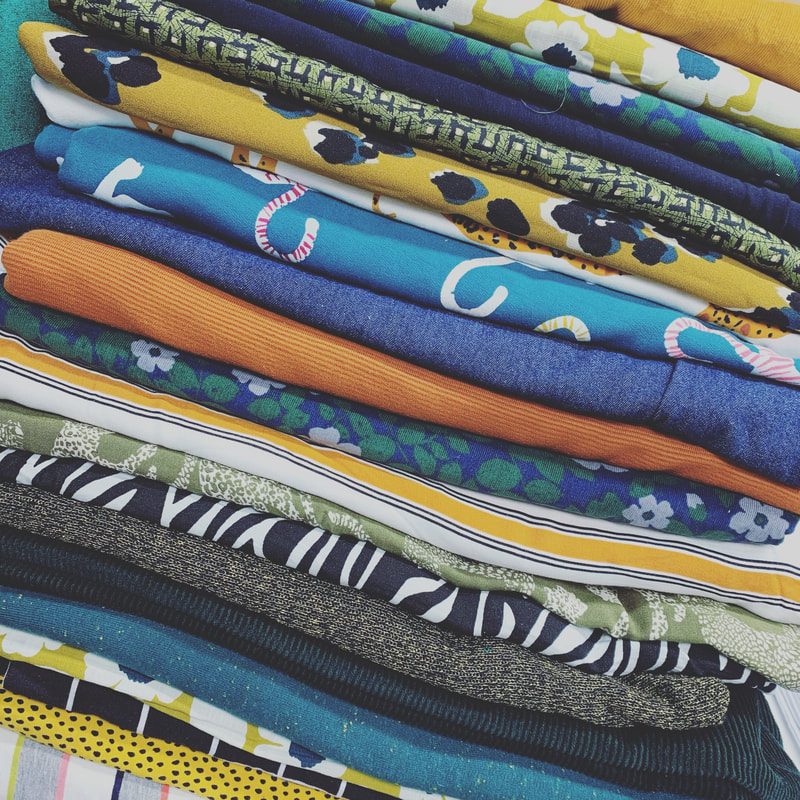
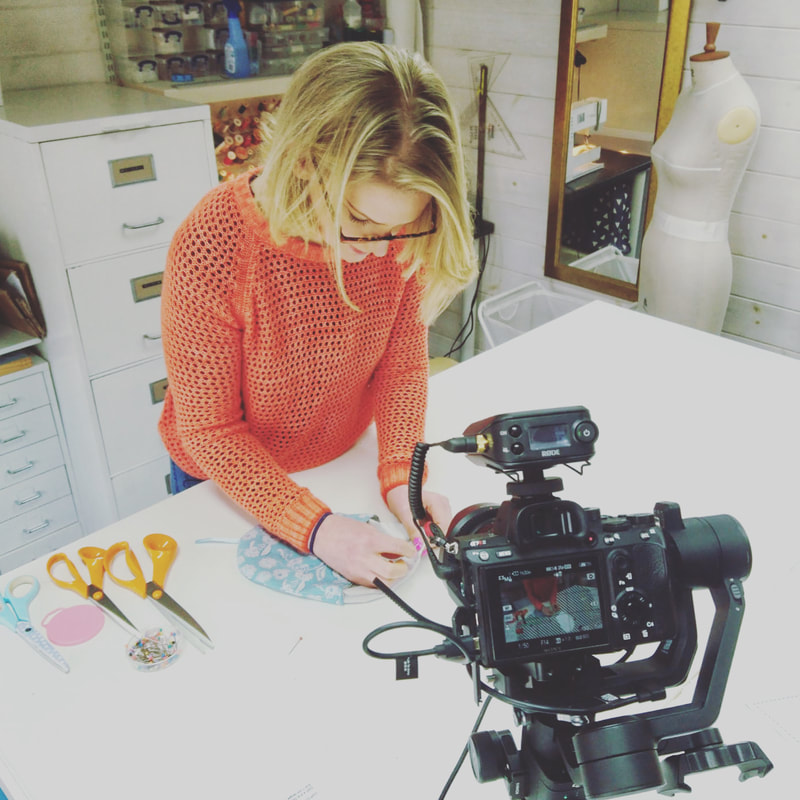
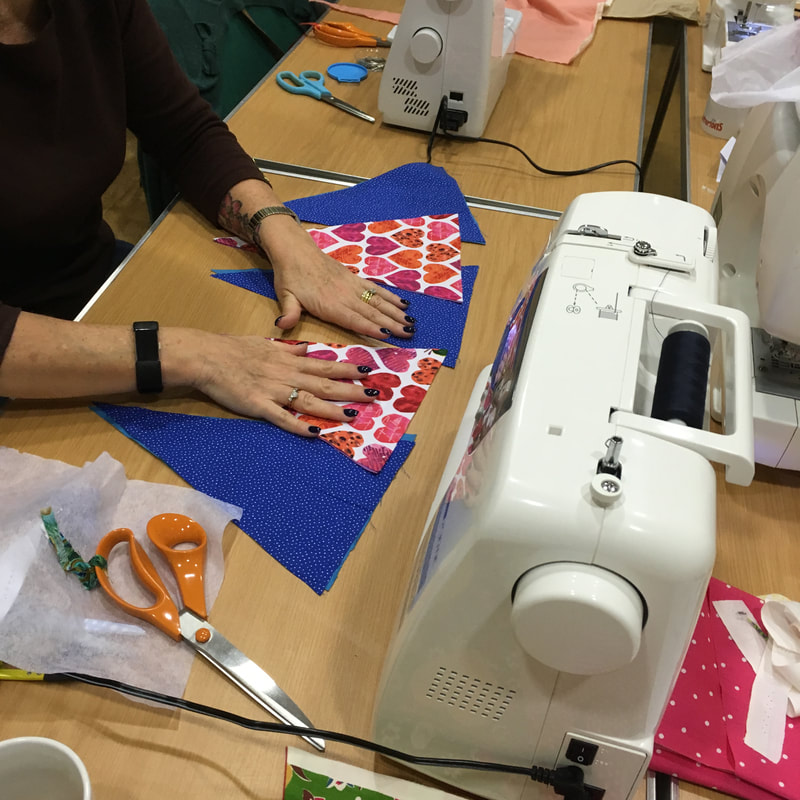

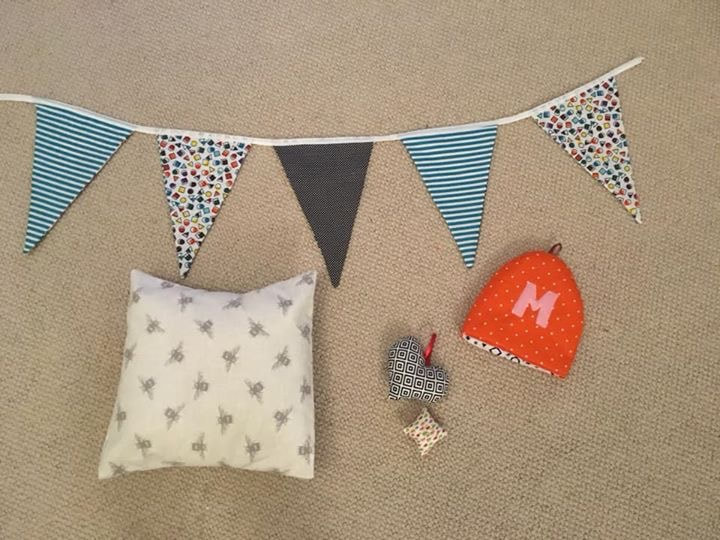
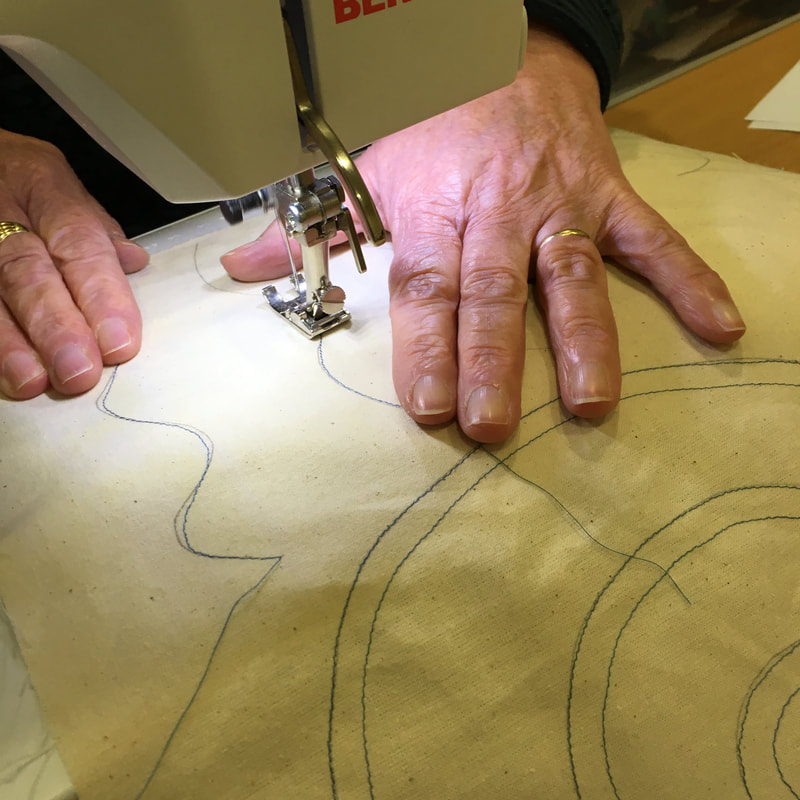

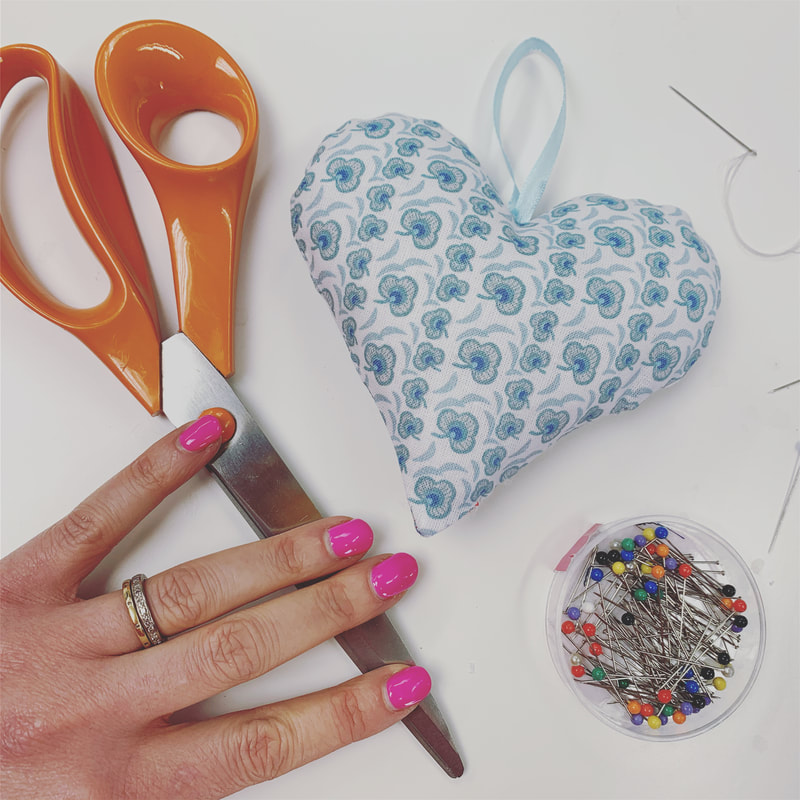
 RSS Feed
RSS Feed